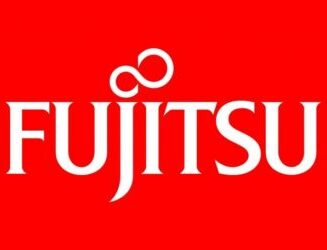Motivation
Despite its necessity, online communication is hindered by various limitations. Traditional platforms like Zoom lack engagement and non-verbal cues, while existing virtual meeting solutions lack realism. Our project aims to make progress towards VR telepresence by allowing photorealistic real-time rendering of indoor environments, ensuring an immersive and lifelike experience for users


Figure 1: Exising virtual telepresence solutions- Meta Codec Avatars (left) and Meta Horizon Workrooms (right)
Problem Statement
Given a set of images of an indoor environment such as an office area or a meeting room, our goal is to generate a high fidelity reconstruction of the environment which allows for real-time photorealistic rendering and display on a virtual reality headset.

Figure 2: A VR telepresence solution that facilitates seamless interaction between in-person and remote participants
Project Scope
In this capstone project, we aimed to reconstruct photorealistic office environments using Gaussian Splatting as our 3D representation. Our focus was on enhancing scene quality in challenging indoor areas, particularly textureless regions.

